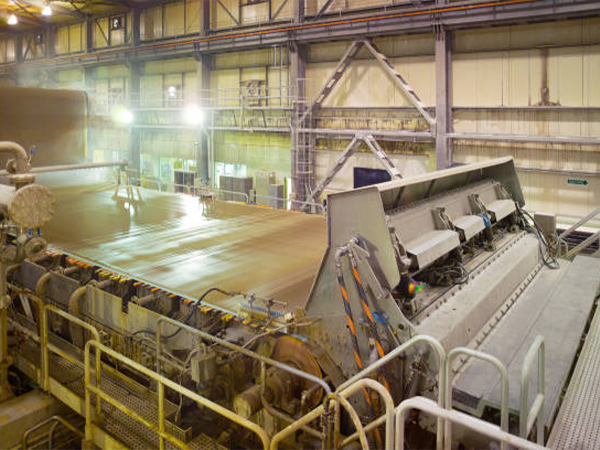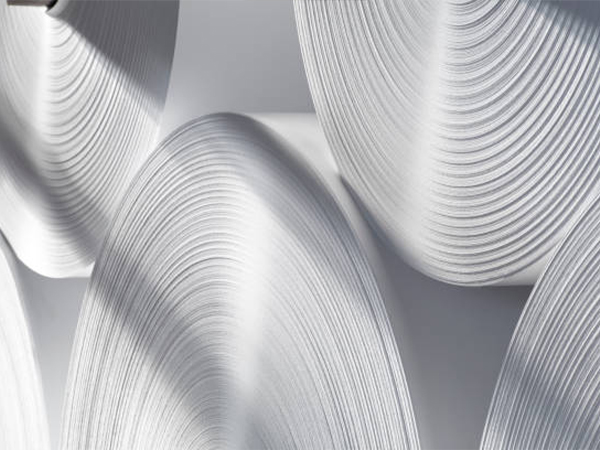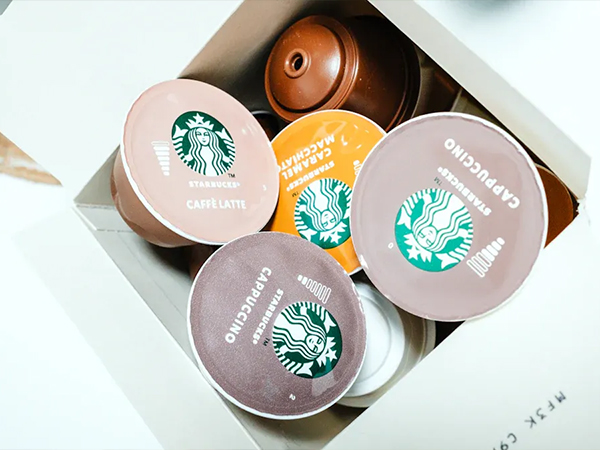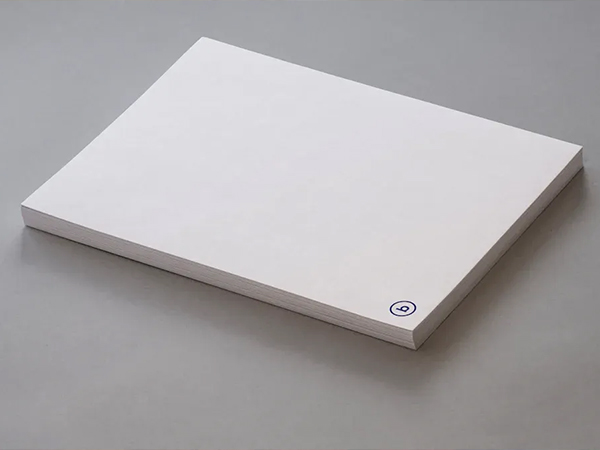As global concern over PFAS intensifies, the paper and packaging industry is shifting toward safer, sustainable alternatives. Fluorine-free oil repellents have emerged as a key innovation—but how do they work, and how do they compare to traditional fluorinated coatings?
1. How Oil Repellency Works: Surface Energy and Contact Angle
Oil repellency on paper surfaces is largely governed by surface energy and contact angle:
- Surface energy refers to the tendency of a liquid to spread across a surface. A low surface energy coating repels oils and greases by preventing penetration.
- Contact angle is the angle formed between a liquid droplet and the surface. A higher contact angle (usually >90°) indicates stronger repellency.
Fluorinated compounds historically achieved this by creating ultra-low surface energy barriers. However, their toxicity and environmental persistence have triggered global regulatory crackdowns.
2. Key Components of Fluorine-Free Formulations
New-generation fluorine-free oil repellents rely on optimized blends of synthetic polymers, modified waxes, and surface-active additives. These components:
- Form a dense hydrophobic film over fibers
- Maintain thermal stability under typical packaging conditions
- Are fully PFAS-free, and compliant with FDA, EU 10/2011, and GB 9685 standards
These systems utilize controlled crystallinity, crosslinking networks, and surface re-orientation to reduce oil absorption without relying on fluorine chemistry.
3. Fluorinated vs. Fluorine-Free Oil Repellents: Technical Comparison
| Feature | Fluorinated Coatings | Fluorine-Free Coatings |
|---|---|---|
| Surface energy (dyn/cm) | Very low (10–15) | Moderate (20–30) |
| Contact angle with oil (°) | >120° | 90°–105° |
| Regulatory status | Under strict restriction (PFAS) | PFAS-free, food contact compliant |
| Environmental safety | Persistent, bioaccumulative | Biodegradable, low ecological risk |
| Thermal resistance | High | Moderate to high (up to 100°C for Azfc® 90F) |
| Cost | High | More cost-effective |
4. Recommended Fluorine-Free Solutions
We offer two optimized fluorine-free oil repellents tailored to different application needs:
- Azfc® 90F:
High-performance grade for heat-intensive applications (up to 100°C); ideal for fast food and industrial packaging. - Azfc® 60F:
More economical option for dry foods and e-commerce bags, with reliable grease resistance and excellent runnability.
Conclusion
While fluorine-free coatings may not match the ultra-low surface energy of fluorinated chemicals, their performance is now sufficient to meet most real-world packaging demands—without the environmental and regulatory drawbacks. As PFAS bans accelerate worldwide, fluorine-free oil repellents represent a practical, safe, and sustainable path forward for grease-resistant paper and board.
Ready to switch to safer oil repellent solutions? Explore our fluorine-free oil repellent product line →






